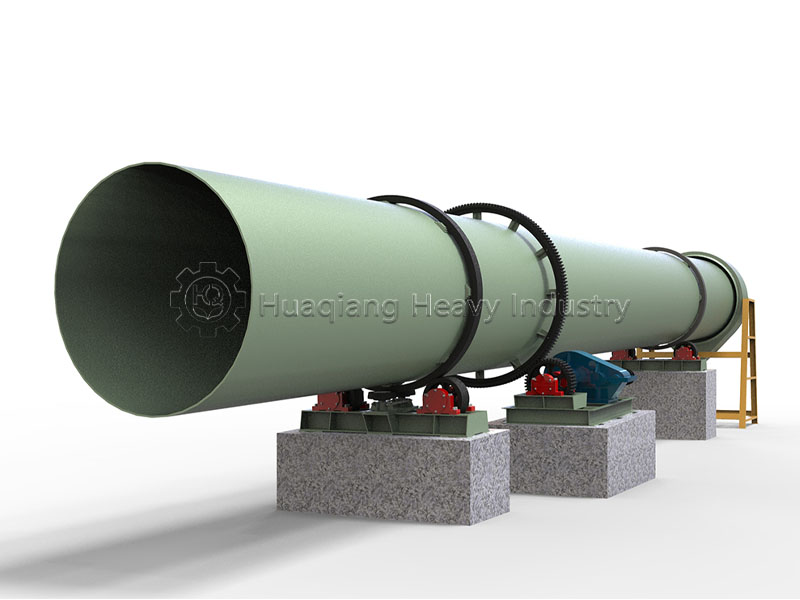
In industrial production, directly stacking high-temperature materials after processing can easily lead to problems such as agglomeration and deterioration. Drum fertilizer coolers are key equipment for addressing this problem. So how do they achieve efficient cooling? Today, we'll examine their core operating principles from both a structural and process perspective.
The core structure of a drum fertilizer cooler consists of an inclined drum body, a transmission system, a cooling system, and a discharge mechanism. During operation, hot materials enter through the feed port at the upper end of the drum. The transmission system drives the drum to slowly rotate, causing the materials to continuously tumble and move forward within the drum as it rotates.

The cooling system achieves cooling through two methods: one is a cooling jacket installed on the drum shell, through which cold water or air flows, removing heat from the material through heat conduction; the other is a direct flow of low-temperature gas into the drum. The gas fully contacts the hot material, absorbing heat through heat exchange, and is then discharged through the exhaust port. Throughout the entire process, the material is tumbled to ensure uniform heating and avoid incomplete cooling. The drum fertilizer cooler's tilt angle and rotational speed control the material's residence time, allowing for flexible adjustment based on the cooling requirements of different materials.
Finally, the cooled material is discharged from the discharge port at the lower end of the drum, completing the cooling process. Whether it's granular, powdered, or small chunks, this cooling method delivers efficient and stable cooling, widely applicable to production needs across multiple industrial sectors.